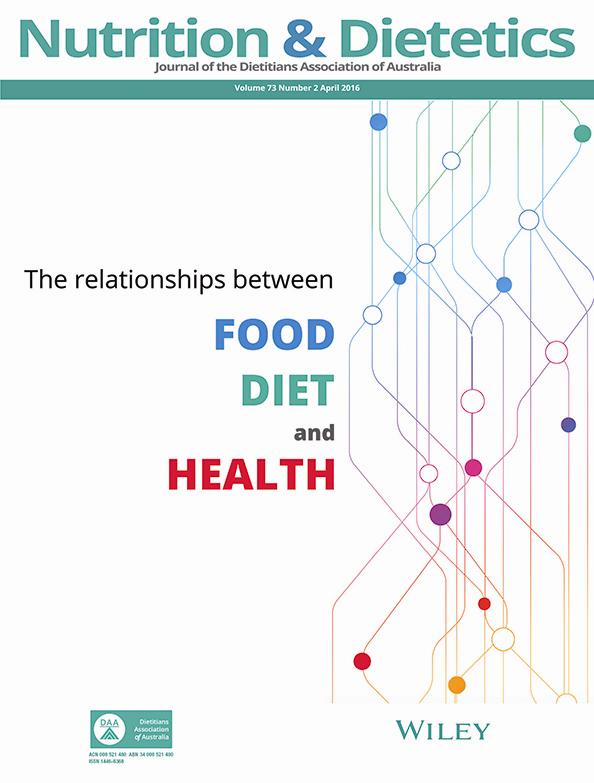Association of dietary carotenoids and the incidence of insulin resistance in adults: Tehran lipid and glucose study
Abstract
Aim
Carotenoids may reduce the risk of insulin resistance (IR) due to their antioxidant properties. The aim of the present study was to investigate the relationship between dietary intake of carotenoids and the risk of IR in Iranian adults.
Methods
In this longitudinal study, 1106 men and women, aged 19–74 years, were studied within the framework of Tehran Lipid and Glucose Study among Tehran an adults. Fasting serum insulin and glucose were measured at baseline and again after three years of follow up; IR was defined according to optimal cut-off values. The usual dietary intake of carotenoids including α-carotene, β-carotene, lycopene, lutein and β-cryptoxanthin was measured using a validated 168-item semi-quantitative food frequency questionnaire. Logistic regression models were used to estimate the occurrence of IR across tertiles of carotenoids with adjustment for potential confounding variables.
Results
Mean age of participants was 40.71 ± 12.14 years, and mean body mass index was 27.23 ± 4.9 kg/m2, at baseline. Mean intake of total carotenoids was 10.1 ± 7.3 mg/day. Highest compared to the lowest dietary intake of β-carotene was significantly associated with a lower risk of IR (OR = 0.42, 95% CI = 0.25–0.72, P for trend = 0.01). Higher intake of β-cryptoxanthin was also significantly associated with a lower risk of IR (OR = 0.51, 95% CI = 0.30–0.84, P for trend = 0.01).
Conclusions
Higher consumption of dietary carotenoids such as β-carotene and β-cryptoxanthin may be associated with a reduced risk of IR.




